No products in the basket.
Ankle Injuries

Ankle Sprains
The most common ankle injury, considered a minor injury, is the sprain, a partial tearing of the ligaments of the ankle. It will usually heal without a problem within about 6-8 weeks if you look after the ankle, although swelling may continue for a little longer. While it may take several months to reach full fitness, most patients find they are able to get back to work within a few weeks and return to sports activities within 12 weeks. When considering return to sporting activity your GP or physiotherapist may suggest you wear an ankle brace or splint until the ankle is strong enough to exercise without it.
WHAT TO DO IF YOU SPRAIN YOUR ANKLE?
- R: REST You should try to take the weight off the injured ankle as much as you can in the first day or so.
- I: ICE Apply an ice-pack (eg a packet of frozen peas) several times a day for up to 10 minutes each time. This can help to manage the swelling and pain.
- C: COMPRESSION Wear a support bandage to help reduce the swelling and help maintain stability.
- E: ELEVATION Raise the ankle while resting to reduce the swelling and control the pain.
After a couple of days start to exercise the injured ankle and try to take some weight on it. Painkillers can be useful eg paracetamol or ibuprofen.
SHOULD I SEE A PHYSIOTHERAPIST?
If you have a severe injury or it is taking a long time for you to recover, your GP may refer you for physiotherapy but generally this is not required for an ankle sprain. Both physiotherapy and massage may however speed recovery time and can lead to a reduction in recurrent ankle issues.
Physical exercise helps to strengthen the muscles around the ankle. Some people are more prone to ankle sprains, sometimes due to weak muscles and repeated sprains can lead to ankle instability.
Exercises to aid the ankle:
- Mobility and stretching
- Strengthening exercises
- Prioprioception exercises*
- Functional exercises
*What is the proprioception?
Proprioception is our body’s ability to detect movement within joints and the joint’s position. This ability lets us to know where our limbs are in space without having to look. It is important in all everyday movements but especially so in complicated sporting movements, where precise coordination is required.
WILL I NEED TO WEAR A SUPPORT?
Ankle sprains are typically graded in terms of severity and depending on the severity, you may be recommended to use a support.
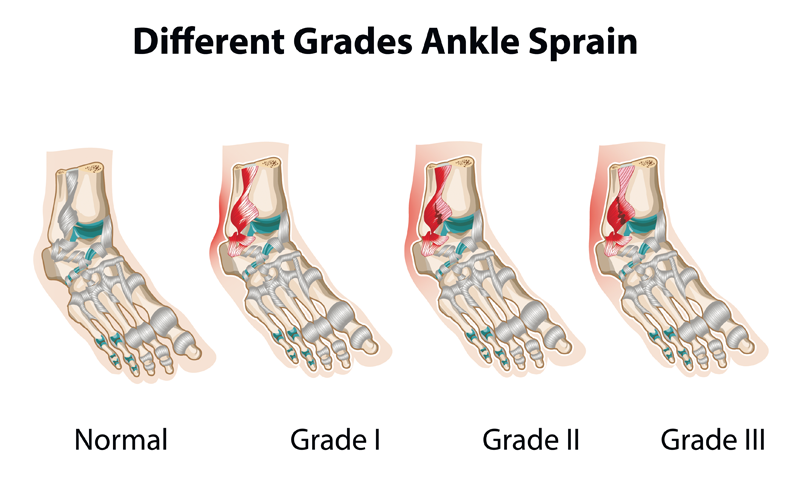
| Level of Sprain | Ligament Damage | Symptoms |
|---|---|---|
| Grade 1 | Partial Tear of a Ligament | Mild swelling and pain, patient still able to walk with minimal pain |
| Grade 2 | Incomplete Tear of a Ligament with some functional impairment | Moderate swelling and pain, some pain with weight-bearing and walking, some instability |
| Grade 3 | Complete Tear and Loss of Integrity of a Ligament | Severe swelling and pain, unable to weight bear or walk, moderate to severe instability |
Treatment for a Grade 1 injury would typically involve following RICE advice and possibly considering use of a Tubigrip bandage.
We recommend:
Treatment for a Grade 2 injury would again involve following RICE advice, a referral for physiotherapy and considering use of ankle support or walking boot plus a reassessment within a fortnight.
We recommend:
Treatment for a Grade 3 injury would again involve following RICE advice, a referral for physiotherapy and considering use of ankle support or walking boot plus a reassessment within a fortnight. A further step with a grade 3 injury if there is no marked improvement, would be a referral to a foot and ankle consultant.
We recommend:
LONG TERM PROBLEMS – Is Surgical Intervention required?
Surgery is not normally required with a sprain and generally ligaments will heal without surgery. Recurring issues however may and do occur with many ankle sprains and chronic ankle instability may lead to development of ankle osteoarthritis. If you are still experiencing significant problems several months after your injury, or the injury is reoccurring time and time again, you should contact your GP for a referral to see a specialist.
Ankle Fractures
Like ankle sprains, fractures are also a relatively common injury. If the injury is not severe it may be difficult to tell if the ankle is broken or just sprained. An X-ray will confirm if there is a fracture and if so, what is the most appropriate treatment.
Signs that you have broken your ankle may include, (as well as pain, tenderness and swelling) not being able to walk or put weight on the ankle, a cracking sound during the injury, the ankle bone looking odd or poking out of the skin.
Suspected fractures should be examined as soon as possible in A&E.
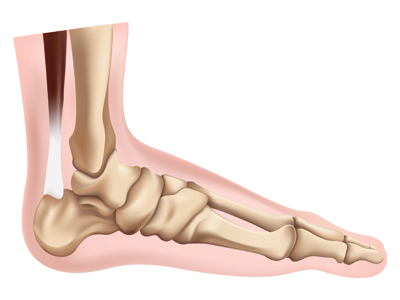
TREATMENT OPTIONS FOR A FRACTURE
Elevation and Ice
Elevating the ankle and use of ice may help to reduce swelling. This can help to reduce the pain and prevent further damage.
Support or Surgery
A fracture may be treated with support or surgery and usually takes between six to twelve weeks to heal. It is likely that you may not be able to return to work for four to six weeks.
If surgery is not required, a splint may be used initially to provide support for the broken ankle, and most patients will need to rest and put no weight on the ankle for some time. A cast may also be applied and a fracture boot used, once the swelling has subsided to provide support and immobilise the ankle. Support is normally required for around six weeks.
Some ankle fractures can heal without surgery but more severe fractures may require a surgical procedure.
The type of fracture will determine how soon weight can be put on the ankle and crutches may be required initially. A Support “boot” will often be prescribed to aid and support healing.
Follow up
During the healing process you will normal attend follow up appointment/s at an orthopaedic clinic.
TYPES OF FRACTURE
Ankle fractures are classified according to the area of bone that is broken.
Thuasne recommends
Proprioceptive Ankle Brace
- Recommended for improved proprioception (perception of the body in space) via the use of a compressive knit.
- Used in the event of mild joint pain or resumption of activities.
Ligament Ankle Brace
- Holds the ankle in an anatomical position using elastic straps.
- Used in the phase immediately following injury (depending on the severity), or in the resumption of sports phase.
Walker Boot
- Analgesic action through immobilisation of the ankle, reduction of the oedma thanks to adjustable compression, also suitable for managing post-operative treatment.
- Used in severe sprains or post-operatively.

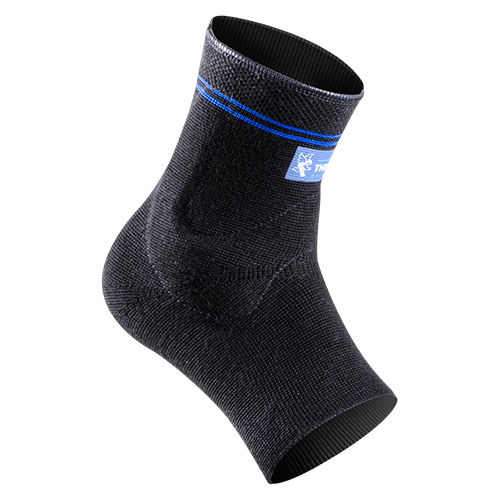
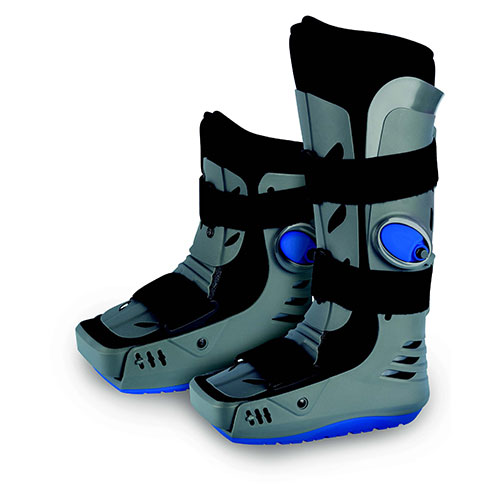
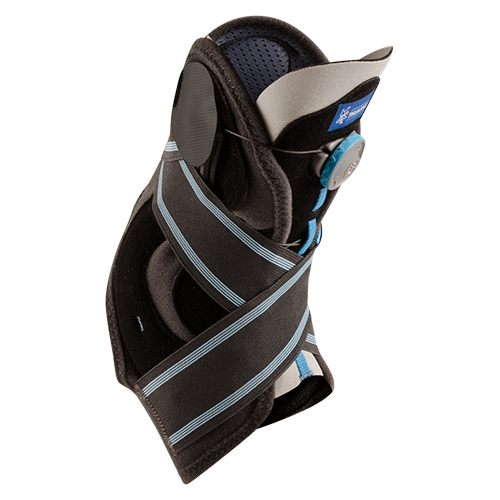
.png)



